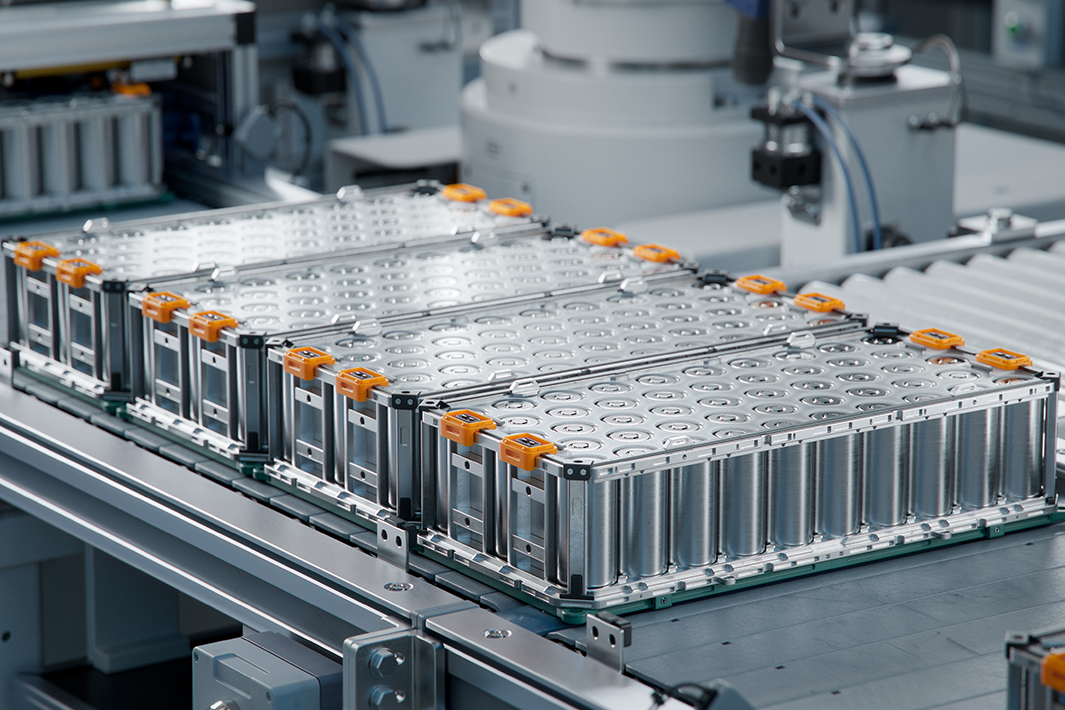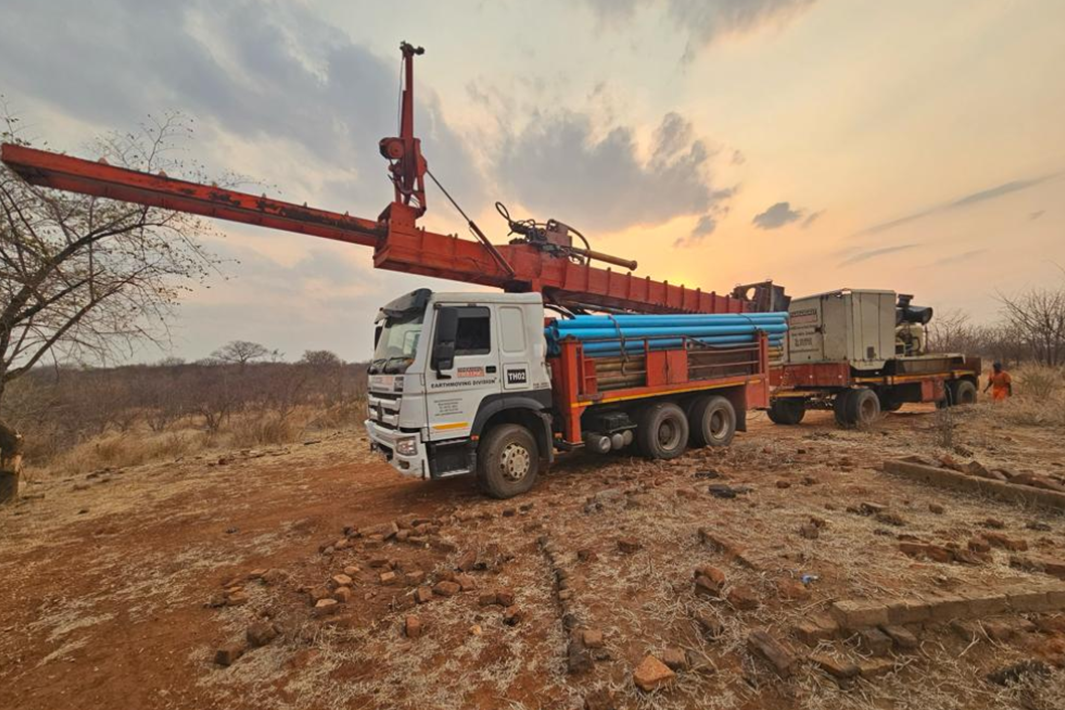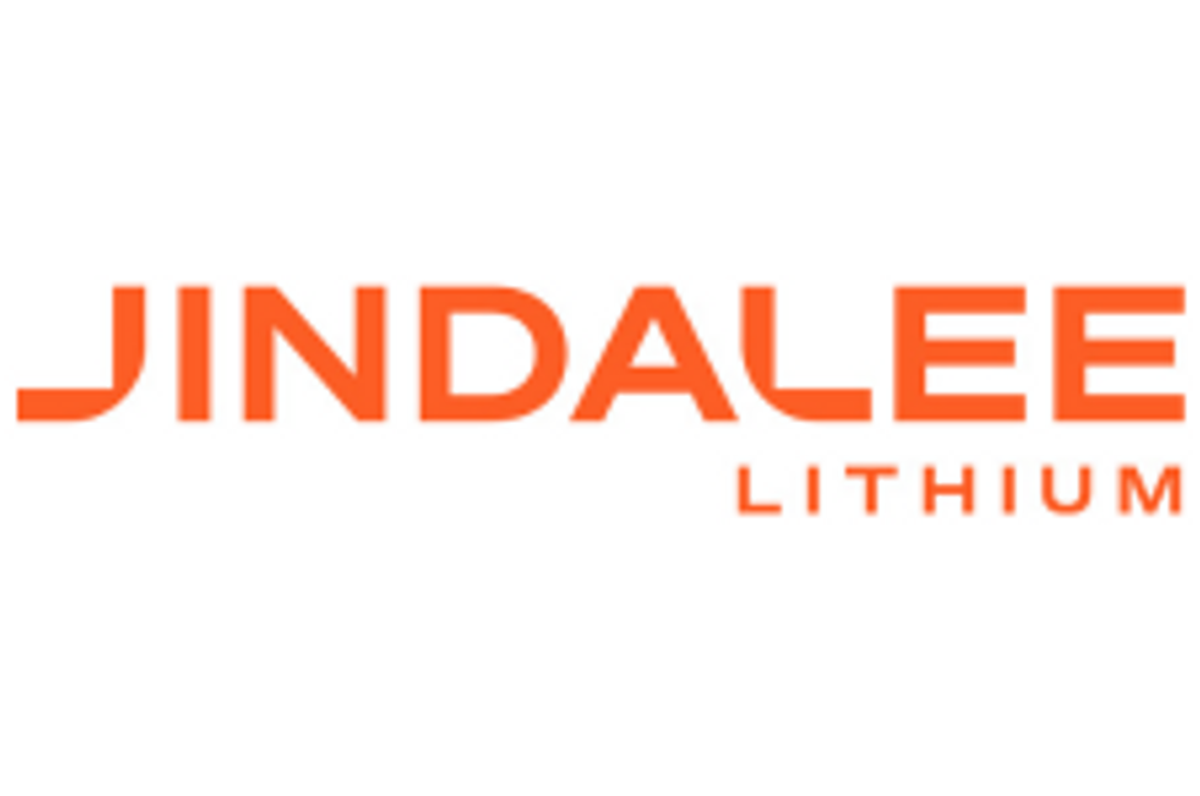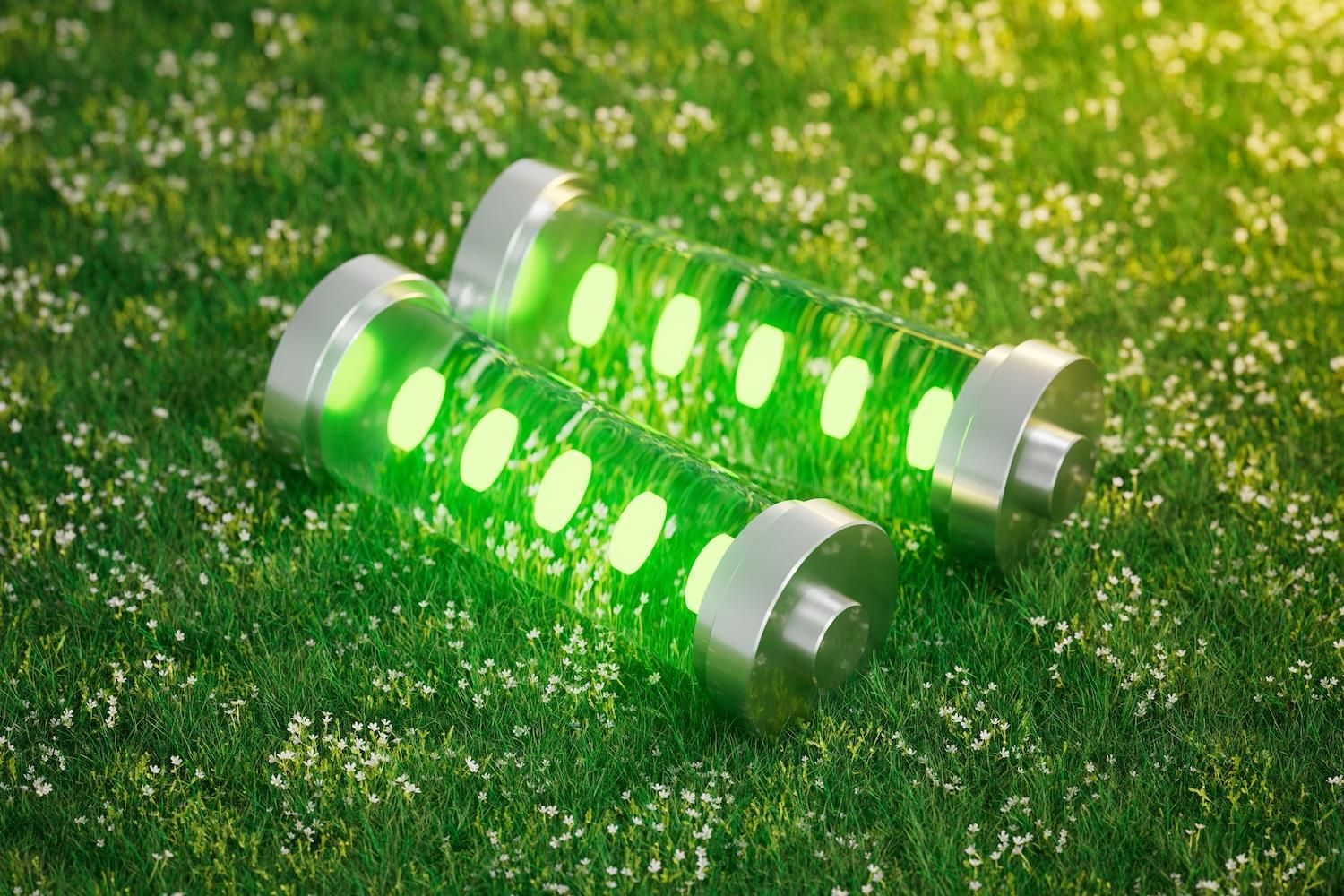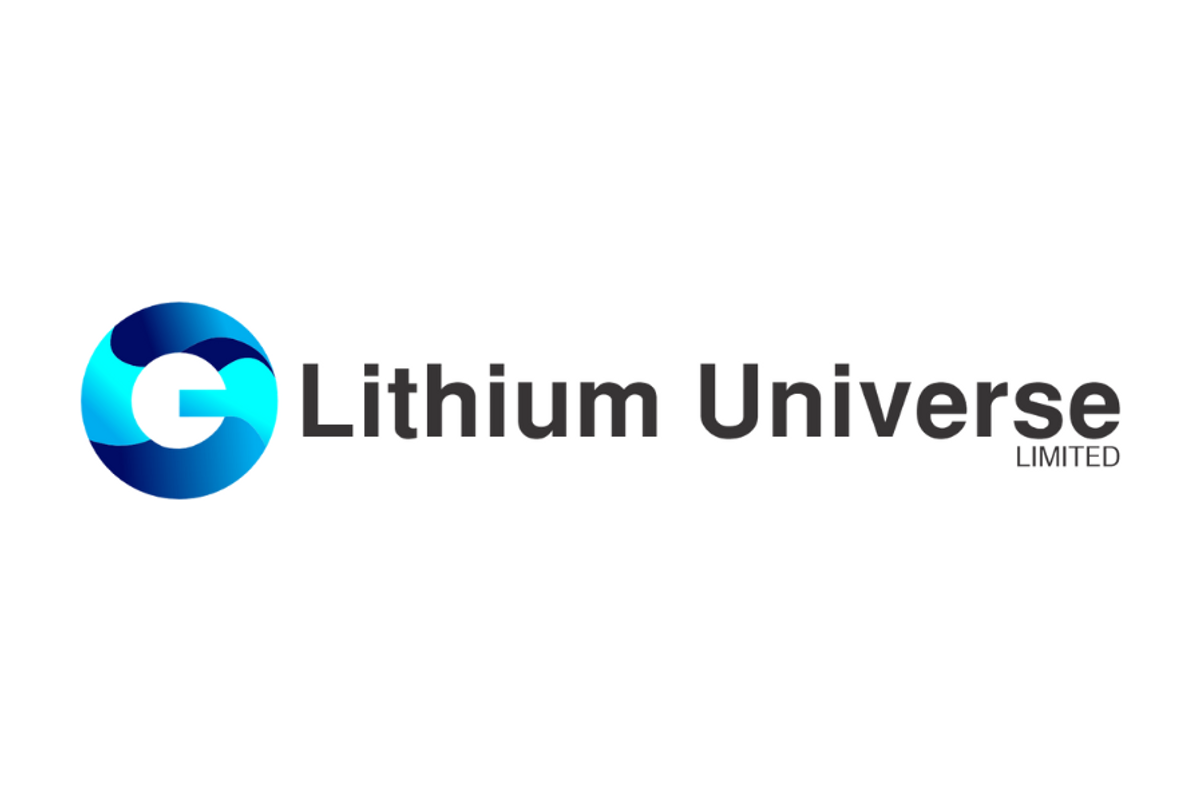
December 18, 2023
Lithium Universe Limited (“Lithium Universe”, the “Company” or ASX: “LU7”) is pleased to report the excellent progress of the Engineering Study by Hatch Ltd (Hatch) on the Company’s Québec Lithium Processing Hub (QLPH) multi-purpose battery-grade lithium carbonate refinery. The Refinery is rated at 16,000 tpa with an assumed feed grade of spodumene at or around 5.5% Li2O. The final lithium carbonate product should be at least 99.5% and 99.9% grade. Target plant availability is 84% and target overall recovery rate for lithium is 85%. Anhydrous sodium sulphate, generally used in the textile industry, will be sold as a by-product. The alumina- silicate residue from the leached spodumene will be sold to the cement industry.
Highlights
- Hatch's outstanding progress in QLPH Li Carb Refinery engineering study
- Finalisation of design flow sheet and draft site layout
- Completion of Block Flow Diagram (BFD) and Process Flow Diagrams (PFD) and Mass Balance along with Process Design Criteria (PDC)
The finalized design flow sheet (See Figure 1) illustrates how the front end loader operation and belt conveyors feed spodumene concentrate from the stockpile area to the calciner. The concentrate is calcined at 1080°C in a direct-fired rotary kiln to convert the alpha spodumene to the leachable beta spodumene. The calcining kiln off-gases will pass through a cyclone and an electrostatic precipitator to comply with environmental emissions limits. The hot calcine is indirectly cooled and dry-milled to less than 300 µm. After storage in a surge bin, the beta spodumene is mixed with concentrated sulphuric acid and roasted at 250°C in an indirectly heated kiln. The sulphating kiln off-gases will be cleaned in a wet scrubber to meet site environmental emissions limits. The sulphated spodumene is cooled and fed to the leach circuit. The combined leached solids and precipitated impurities are thickened prior to being filtered in a belt filter. The filtrate is combined with the thickener overflow and passed through a polishing sand filter and an ion exchange column to remove residual calcium, magnesium and other multivalent cations before the lithium carbonate area.
The solution entering the lithium carbonate production area is heated and then reacted with a hot sodium carbonate solution in a single crystalliser operating at 95°C. The coarse crystals from the crystalliser are thickened before passing to the centrifuge circuit. Raw lithium carbonate is further purified to battery grade using the carbonation process. After slurried in demin water, soluble lithium bi-carbonate is formed from the bubbling of carbon dioxide gas. The solution is filtered, and lithium carbonate is re-crystalised when the solution is heated using injected steam. Carbon dioxide gas is re-generated which is recycled to the front end of the purification process. Battery-grade lithium carbonate is centrifuged and dried in an indirect-fired kiln at 120°C. The dry coarse lithium carbonate is air-milled to less than 6 µm in a microniser and then pneumatically conveyed to the storage bins and bagging stations. Anhydrous sodium sulphate is produced from the vacuum evaporative crystallisation, dried, packaged and sold to the textile industry as a by-product. The design closely resembles that of the Jiangsu Lithium Carbonate Plant but is more robust and capable of processing various types of spodumene concentrate from Canada and around the world.
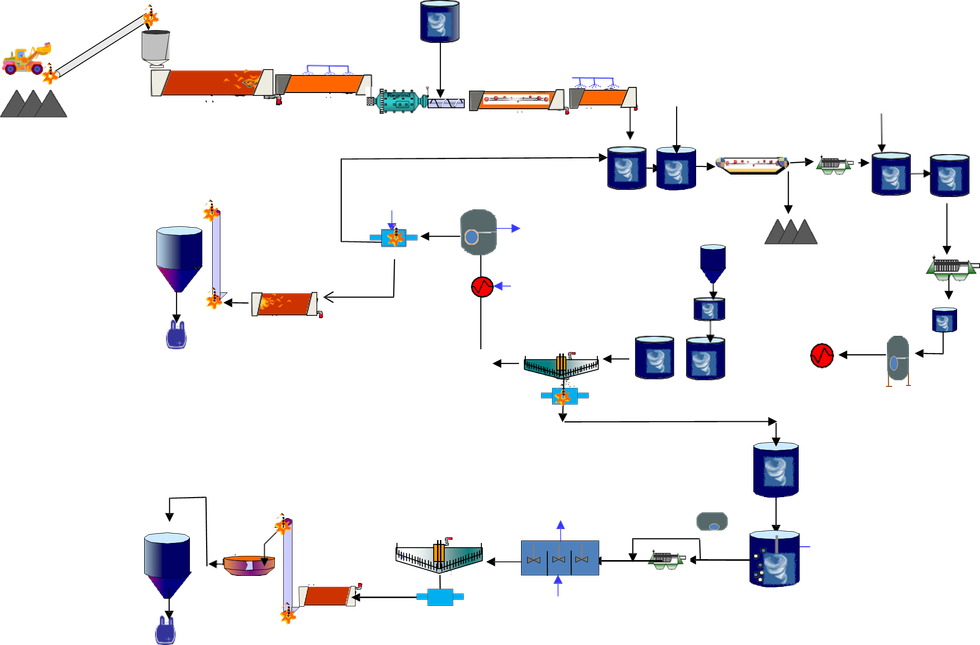
The company has developed a draft overall site layout to account for Canadian climate conditions, and defines roads required for delivery of raw materials and shipment of products and co-products. See Figure 2.

So far, the Hatch Study team has provided a Block Flow Diagram (BFD) and Process Flow Diagrams (PFD). They've also delivered a Mass Balance along with Process Design Criteria (PDC), which showcase mass flows, splits, and anticipated tonnages concerning significant equipment. The progress made thus far has been excellent. Hatch has also completed a location study for the optimal site selection for the Company’s proposed 16,000 ton per annum battery-grade lithium carbonate refinery, which is an integral part of the Company's Québec Lithium Processing Hub (QLPH). The location study involved an evaluation of various potential locations, with more than 20 municipalities contacted, and relied on recent site location benchmarks from both 2021 and 2023. Based on the location study, Lithium Universe has opted to concentrate on the Bécancour Industrial Park located between Québec City and Montreal. The company has initiated discussions with the Société du parc industriel et portuaire de Bécancour (SPIPB) concerning the Bécancour Industrial Park.
Mr Iggy Tan, the Chairman of LU7 said “The progress of the engineering study for the QLPH Lithium Refinery by Hatch has been excellent, setting the stage for the Definitive Feasibility Study (DFS). Considering our listing in early August this year, the pace and quality of work demonstrated by Hatch, guided by the Company's Lithium Dream Team, has been pleasing”.
Click here for the full ASX Release
This article includes content from Lithium Universe Limited, licensed for the purpose of publishing on Investing News Australia. This article does not constitute financial product advice. It is your responsibility to perform proper due diligence before acting upon any information provided here. Please refer to our full disclaimer here.
LU7:AU
The Conversation (0)
03 September
Macquarie Electro Jet Silver Extraction Recovery
Lithium Universe (LU7:AU) has announced Macquarie Electro Jet Silver Extraction RecoveryDownload the PDF here. Keep Reading...
12 August
Acquisition of Silver Extraction Technology
Lithium Universe (LU7:AU) has announced Acquisition of Silver Extraction TechnologyDownload the PDF here. Keep Reading...
30 July
Quarterly Activities/Appendix 5B Cash Flow Report
Lithium Universe (LU7:AU) has announced Quarterly Activities/Appendix 5B Cash Flow ReportDownload the PDF here. Keep Reading...
30 July
Lithium Universe Ltd Quarterly Activities Report
Melbourne, Australia (ABN Newswire) - During the June quarter, Lithium Universe Ltd (ASX:LU7,OTC:LUVSF) (FRA:KU00) (OTCMKTS:LUVSF) announced the acquisition of the global rights to commercially exploit a patented photovoltaic solar panel recycling technology known as "Microwave Joule Heating... Keep Reading...
17 July
Completion of PV Solar Cell Recycling Acquisition
Lithium Universe (LU7:AU) has announced Completion of PV Solar Cell Recycling AcquisitionDownload the PDF here. Keep Reading...
11 December
Mining the Gap: 5 Forces Shaping North America’s Lithium Supply Chain
A convergence of industry investments, government initiatives and a shifting global trade dynamic is creating an environment ripe for the development of a North American battery supply chain, with lithium playing a leading role. These trends are reshaping the region’s industrial base and opening... Keep Reading...
10 December
Rock Bottom: Strategic Window for Ground-level Lithium Investment
When lithium prices hit bottom, savvy investors know that’s exactly where the next big discovery begins — literally. Beneath the surface of global markets and remote exploration grounds, new opportunities are forming in the wake of a sharp price reset and renewed geopolitical urgency.Recent... Keep Reading...
10 December
Liontown Resources Pens Lithium Offtake Agreement with China's Canmax
Liontown Resources (ASX:LTR,OTC Pink:LINRF) has executed a binding offtake agreement with Chinese conglomerate Canmax Technologies (SZSE:300390) as part of its strategy to diversify its customer base.“Listed on the Shenzhen Stock Exchange, Canmax is one of the world’s leading manufacturers of... Keep Reading...
08 December
Trading Halt
Jindalee Lithium (JLL:AU) has announced Trading HaltDownload the PDF here. Keep Reading...
05 December
Livium Receives A$663k in RsD Tax Incentive Rebates for VSPC
Livium Ltd (ASX: LIT) (“Livium” or the “Company”) advises that it has received A$663,000 in research and development ("R&D") tax incentive rebates from the Australian Tax Office for the 2025 financial year ("FY25"), relating to its wholly owned subsidiary VSPC Pty Limited ("VSPC"). The rebate... Keep Reading...
01 December
Why SQM Says Social Dialogue is Key to Sustainable Lithium
As scrutiny continues to intensify across the battery metals supply chain, the conversation around sustainability has moved far beyond carbon footprints. At this year’s Benchmark Week, Stefan Debruyne, director of external affairs at Sociedad Quimica y Minera de Chile (SQM) (NYSE:SQM), made that... Keep Reading...
Latest News
Latest Press Releases
Related News
TOP STOCKS
American Battery4.030.24
Aion Therapeutic0.10-0.01
Cybin Corp2.140.00

